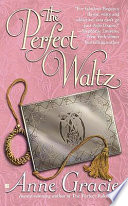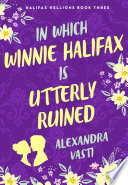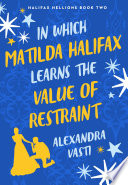Designs and descriptions appeared in the September 1827 issue of La Belle Assemblée.
Without a villain, love can be simply perfect or perfectly simple.

David Faraday’s sister Ariadni gets engaged to Edwin Beaumont in the hopes of marrying her younger brother David off to Edwin’s step-sister Merilee. If that isn’t complicated enough, David realizes Ari’s strategy and enlists the aid of Ralph Hanover, his comrade in arms, to rescue Ari. When they all arrive at the Willows, Merilee’s country estate, David falls hopelessly in love with Meri.
Meri’s stepbrother Edwin tries to kill Meri’s dog Princess, so Ari breaks their engagement. Edwin gossips about Meri in the village, causing her to ride away from home in despair. David and Ralph rescue her and all go to London hoping for a happy wedding. Plus Ralph plans to propose to Ari. But the banished Edwin is at large and both soldiers anticipate trouble, though they never expect an abduction.Enter Your Email for our Monthly Newsletter – Coming Soon!
Regency History Categories
- Regency Advertisements
- Regency Beauty
- Regency Crime and Punishment
- Regency Culture and Society
- Regency Customs
- Regency Destinations
- Regency Dish
- Regency Economy
- Regency Estates
- Regency Events
- Regency Fashion
- Regency Film and TV
- Regency Folklore
- Regency Health and Medicine
- Regency Hot Spots
- Regency Household
- Regency Literature
- Regency Men
- Regency Miscellany
- Regency Mystery
- Regency Non-Fiction
- Regency Pastimes
- Regency Reader Questions
- Regency Science and Invention
- Regency Tips
- Regency Travel
- Regency Villains
- Regency Women of Character
- Regency Words
- Representing Regency
Authors, Books by Heat, and More Content
Recent Reviews










I think those dresses are ugly and I am glad I don\t have to wear them. The hats and shoulders are grotesque.
Thank you for the laugh!